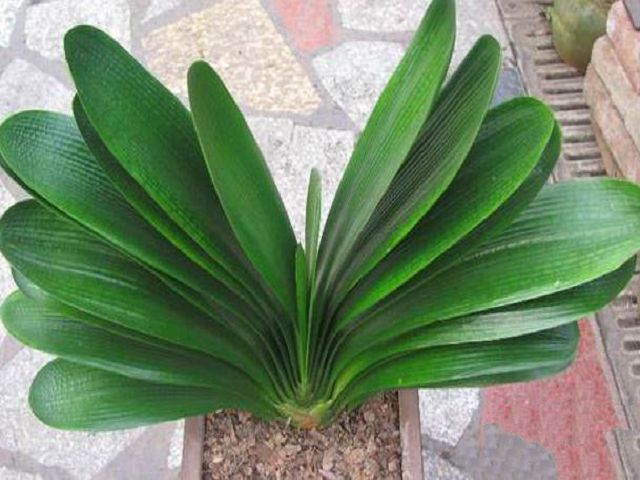Gentleman orchid should pay attention to "three subtractions and one increase" in summer.

Hot summer, for the gentleman orchid is also very difficult, the gentleman orchid likes the semi-overcast environment, and is afraid of direct light, if you do not pay attention to give the gentleman orchid a suitable environment in the summer, the gentleman orchid will pull out the neck, fleeing leaves and other phenomena.
Gentleman orchid
First, reduce the temperature
Put the magnolia in a ventilated place in summer. If the ambient temperature is above 35 ℃, the water in the soil evaporates too fast, which will make the water and nutrients of Cymbidium fall short of demand. Therefore, it is best to place the potted orchid on a pool or basin (with a wooden board), and often spray water around the plant and on the leaves, so as to improve the warm and humid environment of the orchid, so that it can grow in a small environment of less than 25 ℃ and relative humidity of 60 to 70 percent.
Second, reduce the light.
Gentleman orchid is a medium-light flower, suitable for the soft light of spring and autumn, not suitable for hot sun exposure. Therefore, in summer, the magnolia should be placed in an environment with good ventilation and no bright light. It is best to put the pot plant under the shade shed, and the sunlight will come in through the gap in the shade shed, so that the plant will receive weaker light. It is ideal to place it in a place where direct sunlight can be shielded from direct sunlight at noon and can be seen sooner or later.
III. Fertilizer reduction
When the room temperature rises to 25 ℃, the amount of fertilizer should be reduced. When the summer temperature is high, Magnolia is in a semi-dormant or dormant state, during this period, its root absorption capacity is weak, if fertilization or fertilization is a little more, fertilizer accumulates around the root system for a long time, which is easy to cause rotting root and rotting stem. But during this period, if the temperature of the growing environment of Cymbidium is below 25 ℃, some dilute liquid fertilizer can be applied properly to promote its growth and shorten the dormancy period; if the temperature drops below 20 ℃ and the humidity meets the requirements, fertilizer can be applied as usual.
Fourth, increase humidity
Cymbidium has broad leaves and tender texture, which requires high soil water content and high air humidity. In the hot summer, the orchid grows slowly, the root system absorbs less water, but the foliar water evaporation is very large. Therefore, the gentleman orchid can not lack of water, otherwise the fleshy root shrinks, the leaf shape is thin and dull. When watering, we should adhere to the principle of watering half dry and watering thoroughly. However, we should not water the topsoil as soon as it is dry, otherwise the potted soil will be in a moist state for a long time and will easily rot roots and yellow leaves. When watering, you must be careful not to let the water flow into the heart of the leaves, so as not to cause rotten heart disease and lead to "beheading".
Related
- Is the orchid suitable for indoor use? Is it good for the body?
- How to prevent the empty root of orchids?
- What to do after the crab claw orchid is withered?
- Why are the leaves of orchids always yellow? Fertilizing and watering.
- Can the root of the gentleman orchid be saved if it is rotten?
- Diagnosis and treatment of cotton-blowing beetle insects in Cymbidium
- There is a way for a gentleman's orchid to rot.
- What is the most suitable temperature and humidity for the orchid?
- How to raise a gentleman's orchid? Cultivation techniques of Cymbidium
- How to prepare the nutritive soil for the cultivation of Cymbidium



